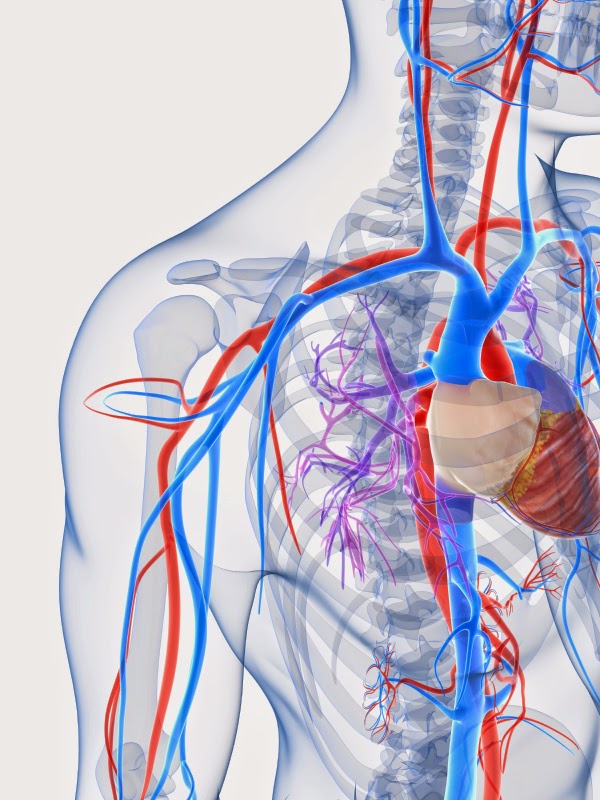I'm just not convinced it can be wholly said that there should be no concern that Ebola cannot be transmitted through the air.
Even if
Ebola Zaire, which is the strain responsible for the current outbreak in West Africa (and is also the most virulent with up to a 90% kill rate) is not airborne-- I'd like to highlight the discovery of Ebola Reston as thoroughly discussed in Richard Preston's nonfiction title
The Hot Zone which presents case studies of four Ebola viruses (Marburg, Ebola Sudan, Ebola Zaire and Ebola Reston.) It is a must read.
First of all, these viruses are
relatively new. They first showed up in the 1970's literally out of nowhere. Why do I say that? Because the reservoir for these viruses has never been found. No one knows where it comes from or what plant, insect, or animal it might live in without killing it. It is thought that
Kitum Cave in Mount Elgon National Park is a likely candidate but testing of several species within the cave haven't found the host.
Ebola is a filovirus or thread virus. It has a distinctive look under microscope resembling a jumbled mass of tangled threads with eyelets or shepherd's hooks on the end. There are currently
five species of Ebola virus: Zaire, Bundibugyo, Sudan, Reston and Tai Forest. All have varying degrees of virulence.
To learn how Ebola kills-- check out this
video.
Let's get back to
Ebola Reston. This strain of Ebola was first discovered in a monkey house in Reston, VA in 1989. This facility housed monkeys from overseas for several months to prove they were healthy before being sold to research facilities.
There were several different rooms to this monkey house but the facility did share one ventilation system. An illness began to break out among the monkeys that killed them swiftly. The animals would lose their appetite, develop a mask-like quality to their face, become inactive and die within one to two days. At times, they had bleeding from their noses. Necropsy done by an employee of the facility showed large, hardened spleens and evidence of internal bleeding.
This employee decided to send samples to the United States Army Medical Research Institute of Infectious Diseases (USAMRIID) which was nearby and after testing over days and weeks-- it was discovered that this was a new strain of Ebola. At that particular time, only Ebola Sudan and Ebola Zaire were known.
The interesting thing about Ebola Reston is that it is airborne. It traveled through that monkey house, room to room, and began killing animals that hadn't had any direct contact with one another. It was so concerning to the Army because of the facility's location to Washington D.C. that a decision was made to "nuke" the entire animal population and gas the building to kill every microscopic living thing inside. This led to hundreds of animals being euthanized.
Then, it happened again. More animals were brought in from overseas and the virus went loose. Likely, the animals brought it with them and it was not present in the facility.
On autopsy of these monkeys, it can be seen that the virus was located in their lungs-- ready to burst from air sacs. This is how airborne transmission works. The virus is coughed up and expelled into the air where another person breathes it in.
When the second incident of Ebola Reston hit the monkey house-- they let it run its "natural course" since they had also discovered it didn't cause illness in humans. When they did that-- 100% of the monkeys died.
What's interesting about the Reston, VA monkey house workers was that they all seroconverted from the illness. This means they were infected, their body built up antibodies, but they didn't get sick. What's scary is that genetically speaking-- researchers don't really know what makes Ebola Reston all that different from Ebola Zaire. The question becomes . . . how easy would it be for these other Ebola viruses that do cause serious illness in humans to change one protein structure to then be airborne like Ebola Reston?
The answer is . . . they don't know. What they do call Ebola in general-- a slate wiper. People who know a lot about Ebola lose sleep over this virus.
Personally, as a healthcare provider, I think it's safest to operate under the assumption that it has the potential for airborne spread. We should be using the same level of protection when working with this virus that the US Army does-- which they classify as a Level 4 Hot Agent. You wear a space suit working with these pathogens. People who work with Level 4 Agents are viewed as a little crazy according to Preston's book.
I don't think we respect this virus enough. Here in the US-- people are very blase about its potential to kill. Keep in mind that those that survived here were treated early by a highly specialized medical system and received experimental treatments that likely helped them fight off the virus.
As for me caring for patients-- I'd like a spacesuit, too. What you see is what I get.
Would you consider this adequate?






























